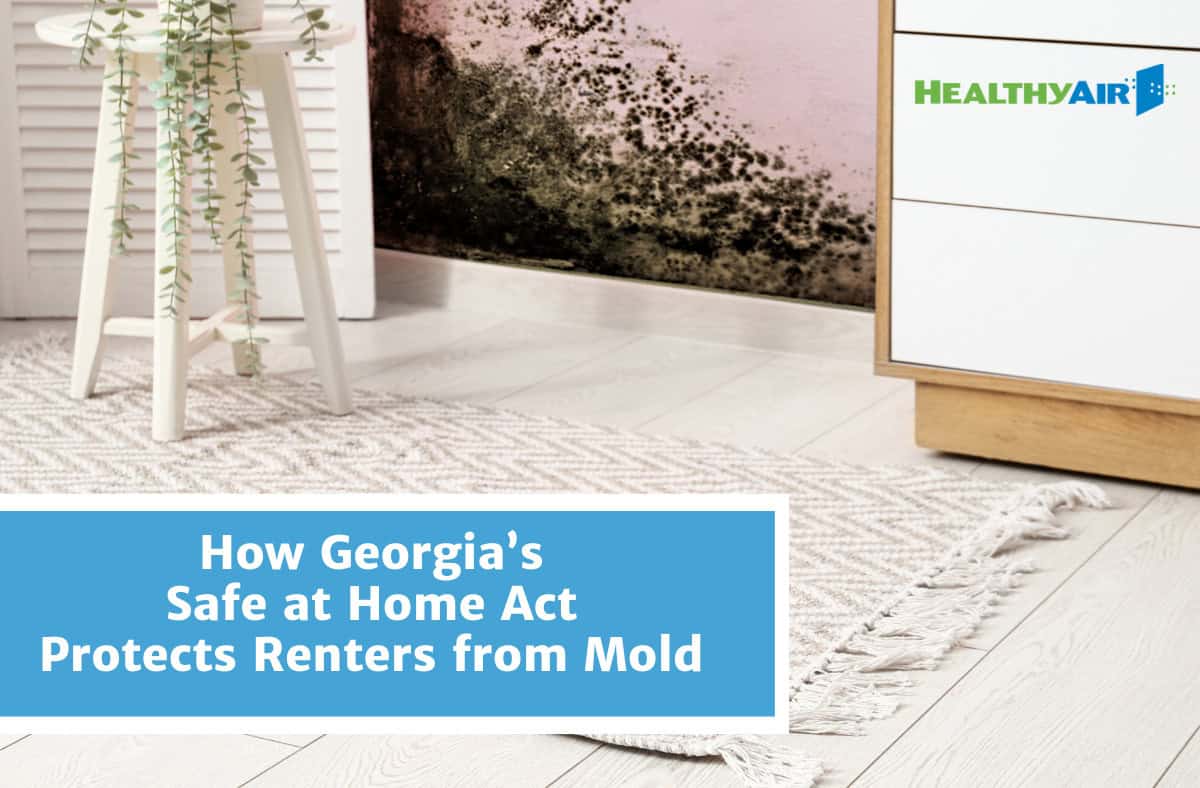The Dangers of Mold-Related Illness to Your Health

Many people think of mold-related illness as simply allergy-related. But the truth is that mold can make you very sick, with chronic illness and seemingly unrelated symptoms that leave doctors scratching their heads.
Mold is a type of fungus that grows in damp, humid and warm environments. It reproduces through spores that can be released into the air and can settle on surfaces such as walls, floors and furniture. Mold can grow on a wide range of materials, including wood, paper, fabric and food. Mold spores can be released into the air any time molds are disturbed, during cleaning, renovation or demolition, or they can come from air ducts in a home’s HVAC system. They can also be found in homes that have been sitting empty and have a heavy buildup of dust.
While some types of mold are harmless, others can produce toxins that can dramatically impact your health, especially if they are inhaled, ingested or come into contact with the skin. Inhalation, or breathing in mold spores, is the most common form of exposure. And while you may have heard of the dangers of black mold or “toxic black mold” (Stachybotrys chartarum), there are many other types of mold that can cause illness.
Mold-related illness can be a hidden imposter when it comes to health. Patients are often misdiagnosed with fibromyalgia, depression, chronic fatigue syndrome, irritable bowl syndrome, ADHD, Alzheimer’s disease, and many other illnesses. But the core of these illnesses and their related symptoms is a condition called mycotoxin illness, caused by exposure to high levels of mold or mycotoxins. Symptoms can vary in number and intensity from one person to another.
Some of the most common mold exposure symptoms include:
• Fatigue
• Brain fog
• Muscle aches and weakness
• Headaches
• Joint pain
• Sleep problems
• Sinus infections
• Respiratory problems
• Numbness and tingling
• Skin rashes
• Mood changes, including irritability, depression and anxiety
• Digestive issues
• Sensitivity to light and sound
Mold illness can also cause severe neurological symptoms that mimic dementia or Alzheimer’s disease.
The effects of mold illness can be caused by the immune system’s response to mold toxins and the direct effects of the toxins on the body’s tissues and organs. These symptoms can be mild or severe and can last for weeks, months, or even years. In some patients, the symptoms become so severe and chronic that they can lead to disability. While the Americans with Disabilities Act (ADA) does not specifically include mold-related illness as protected from discrimination, it does include symptoms of mold illness that can make a person eligible for job accommodations, depending on the severity of their symptoms.
With this large and unexpected constellation of symptoms, it’s no wonder that doctors have a difficult time correctly diagnosing a patient with mold illness.
Getting a Diagnosis and Finding Treatment
Diagnosing mold illness can be challenging, especially since its symptoms mimic so many other diseases. Some of the methods used to diagnose mold illness include the Visual Contrast Sensitivity (VCS) test, urine mycotoxin test, and mold antibody test. It’s important to know that no single test can definitively diagnose mycotoxin/mold illness. Doctors must take a thorough medical history and physical exam and consider all of the patient’s symptoms when making a diagnosis.
The good news is that mold and mycotoxin illness can be treated. Treatment includes a multi-faceted approach that includes reducing or eliminating exposure to mycotoxins, detoxing and supportive therapies. The very first and most important step for recovery from mold-related illness is to reduce exposure to mold toxins, which may mean the patient needs to leave a mold-contaminated environment or remediate the mold-contaminated building where they live. Detoxification is also critical. Removing the mycotoxins from the body will begin to reduce symptoms and help the body recover. Other treatments may include taking medications to manage pain, inflammation and other symptoms, as well as making lifestyle changes to reduce exposure to toxic molds.
Mold toxicity can affect people of all ages, but it is especially dangerous for young children, pregnant women and people with weakened immune systems.
Did you know? Approximately one in four people are genetically unable to clear mold toxins from their bodies and require medical help to recover.
If you suspect that you or someone you know might be suffering from mold toxicity, it is important to speak to your doctor and seek medical attention right away. It is also critical to examine the areas where you spend the most time, usually at home and at work, and determine if you are being exposed to mold so you can take steps to protect yourself and recover.
If you’re concerned that mold is making you sick, Healthy Air USA can help! We are experts in all things mold and offer a variety of services to identify and remove mold in your home. Contact Healthy Air USA today.



